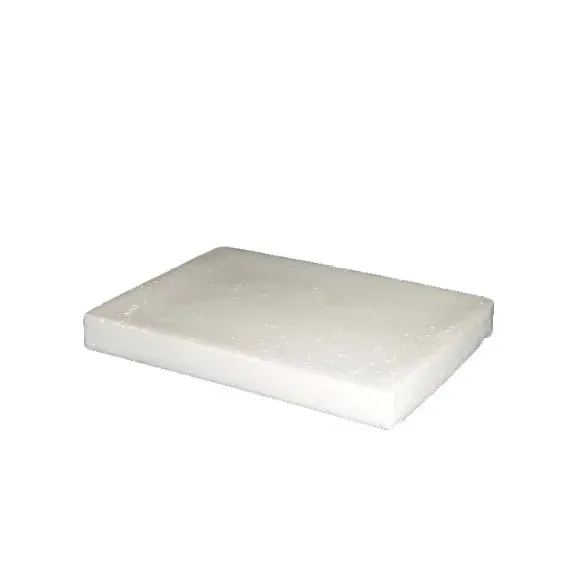Warning: Undefined array key "title" in /home/www/wwwroot/HTML/www.exportstart.com/wp-content/themes/1198/header.php on line 6
Warning: Undefined array key "file" in /home/www/wwwroot/HTML/www.exportstart.com/wp-content/themes/1198/header.php on line 7
Warning: Undefined array key "title" in /home/www/wwwroot/HTML/www.exportstart.com/wp-content/themes/1198/header.php on line 7
Warning: Undefined array key "title" in /home/www/wwwroot/HTML/www.exportstart.com/wp-content/themes/1198/header.php on line 7
- Afrikaans
- Albanian
- Amharic
- Arabic
- Armenian
- Azerbaijani
- Basque
- Belarusian
- Bengali
- Bosnian
- Bulgarian
- Catalan
- Cebuano
- China
- China (Taiwan)
- Corsican
- Croatian
- Czech
- Danish
- Dutch
- English
- Esperanto
- Estonian
- Finnish
- French
- Frisian
- Galician
- Georgian
- German
- Greek
- Gujarati
- Haitian Creole
- hausa
- hawaiian
- Hebrew
- Hindi
- Miao
- Hungarian
- Icelandic
- igbo
- Indonesian
- irish
- Italian
- Japanese
- Javanese
- Kannada
- kazakh
- Khmer
- Rwandese
- Korean
- Kurdish
- Kyrgyz
- Lao
- Latin
- Latvian
- Lithuanian
- Luxembourgish
- Macedonian
- Malgashi
- Malay
- Malayalam
- Maltese
- Maori
- Marathi
- Mongolian
- Myanmar
- Nepali
- Norwegian
- Norwegian
- Occitan
- Pashto
- Persian
- Polish
- Portuguese
- Punjabi
- Romanian
- Russian
- Samoan
- Scottish Gaelic
- Serbian
- Sesotho
- Shona
- Sindhi
- Sinhala
- Slovak
- Slovenian
- Somali
- Spanish
- Sundanese
- Swahili
- Swedish
- Tagalog
- Tajik
- Tamil
- Tatar
- Telugu
- Thai
- Turkish
- Turkmen
- Ukrainian
- Urdu
- Uighur
- Uzbek
- Vietnamese
- Welsh
- Bantu
- Yiddish
- Yoruba
- Zulu
Oct . 18, 2024 17:40 Back to list
Comparing Saccharin Sweetness Levels to Regular Sugar Intake
The Sweetness of Saccharin Compared to Sugar An In-Depth Analysis
In the world of sweeteners, saccharin stands out as one of the oldest artificial sweeteners, having been discovered in the late 19th century. With a sweetness that can be hundreds of times greater than that of sucrose, or table sugar, saccharin has carved out a niche in various food and beverage products. Understanding the relative sweetness of saccharin compared to sugar provides insight into its application, benefits, and potential drawbacks.
Understanding Sweetness Levels
To grasp how saccharin measures up against sugar, it is essential to consider their relative sweetness levels. Saccharin is often cited as being approximately 300 to 400 times sweeter than sucrose. This means that a mere fraction of a gram of saccharin can achieve the same level of sweetness as the substantial grams of sugar typically used in recipes and food processing. Its intense sweetness allows manufacturers to produce lower-calorie products while maintaining a sweet flavor profile, appealing to health-conscious consumers looking to reduce their caloric intake or manage blood sugar levels.
Applications in the Food Industry
The versatility of saccharin makes it a popular choice among food manufacturers. It is commonly used in diet sodas, sugar-free candies, and various other products that require sweetness without the accompanying calories of sugar. Additionally, saccharin has an extended shelf life, which makes it suitable for processed foods that require a long duration before consumption.
However, it is important to mention that saccharin's sweetness profile is not without its peculiarities. Unlike sugar, which offers a natural, rounded taste, saccharin can sometimes leave a bitter or metallic aftertaste. This characteristic has led to mixed consumer reactions and has prompted the food industry to explore other sweeteners, including aspartame and sucralose, which may provide a more sugar-like taste.
saccharin sweetness compared to sugar

Health Considerations and Controversies
The history of saccharin includes periods of controversy regarding its safety. In the 1970s, studies linked saccharin consumption to bladder cancer in laboratory rats, leading to a temporary ban in certain countries. However, subsequent research has largely disproven the links to cancer in humans, and saccharin has been deemed safe for human consumption by organizations such as the Food and Drug Administration (FDA) and the World Health Organization (WHO).
Nevertheless, it is crucial to approach saccharin with moderation, as excessive consumption of any artificial sweetener can potentially lead to health issues. For individuals with specific dietary restrictions or conditions like phenylketonuria (PKU), alternative sweeteners may be recommended.
Conclusion
The relative sweetness of saccharin compared to sugar presents both advantages and disadvantages. Its concentrated sweetness allows for the creation of low-calorie products, catering to a marketplace increasingly focused on health and well-being. While saccharin's potential aftertaste may deter some consumers, its longstanding history and safety re-evaluations reinforce its place in the sweetener spectrum.
As consumers continue to navigate the myriad of sweetener options available, saccharin remains a relevant choice for those seeking an effective sugar alternative. Ongoing research into artificial sweeteners, including saccharin, suggests that while they can be beneficial in moderation, it is essential to remain informed and mindful of their impact on overall health. Whether for cooking, baking, or simply sweetening a beverage, understanding the properties of saccharin and its relationship to sugar can help individuals make better-informed dietary decisions.
Latest news
-
Certifications for Vegetarian and Xanthan Gum Vegetarian
NewsJun.17,2025
-
Sustainability Trends Reshaping the SLES N70 Market
NewsJun.17,2025
-
Propylene Glycol Use in Vaccines: Balancing Function and Perception
NewsJun.17,2025
-
Petroleum Jelly in Skincare: Balancing Benefits and Backlash
NewsJun.17,2025
-
Energy Price Volatility and Ripple Effect on Caprolactam Markets
NewsJun.17,2025
-
Spectroscopic Techniques for Adipic Acid Molecular Weight
NewsJun.17,2025

